What is sowing lawn and where is it used?
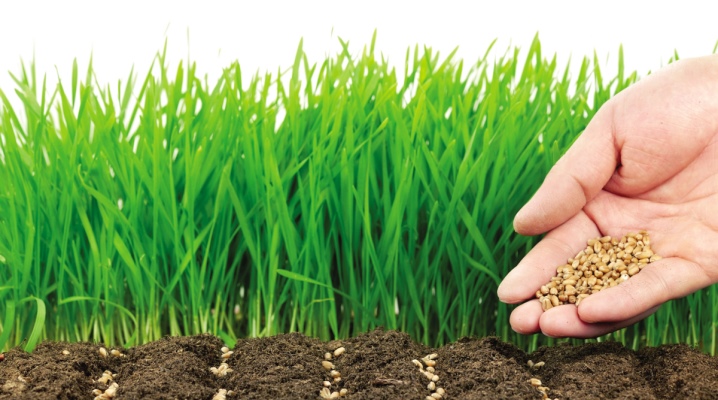
The arrangement of lawns in the design of house plots and summer cottages is considered a popular landscape solution. The first lawns appeared in European countries back in the 18th century. Initially, they were carpeted plantings of low-growing flowers, but later neat green lawns came into vogue.
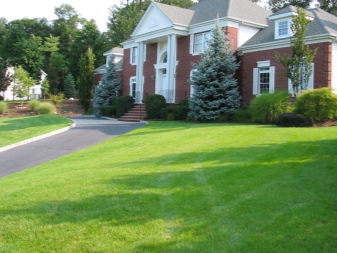
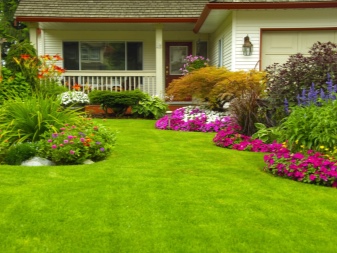
Device and description
A sowing lawn is a grassy cover that has grown from seeds planted in the ground. The following types of grasses are commonly used to create such a lawn.
- Bluegrass - the most cold-resistant version of the sowing lawn, but at the same time the most heat-resistant. Even if it is grown under the scorching sun, it will still remain beautiful for a long time.
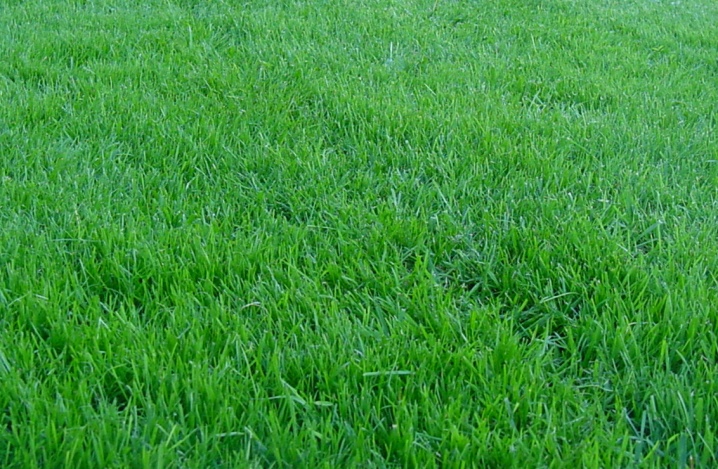
- Pasture ryegrass - the advantages of this herb include a high growth rate, as well as a low cost of seeds. However, it grows quickly, so it is best used in herbal mixtures.
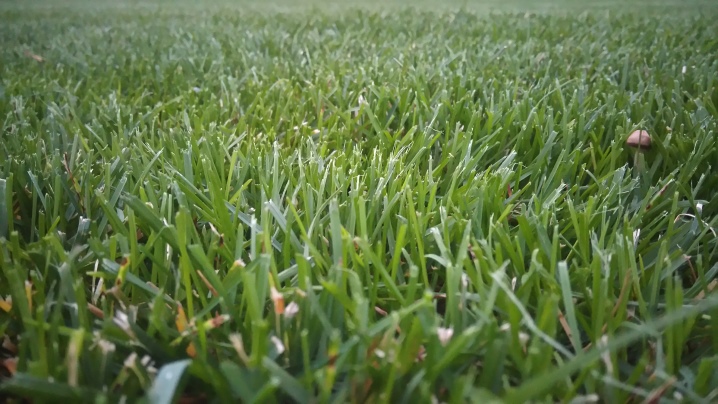
- Red fescue - grows well even in shady places. This grass is not afraid of dry days, remains green even if it is not watered or cut. It is considered the best option for arranging a green lawn.
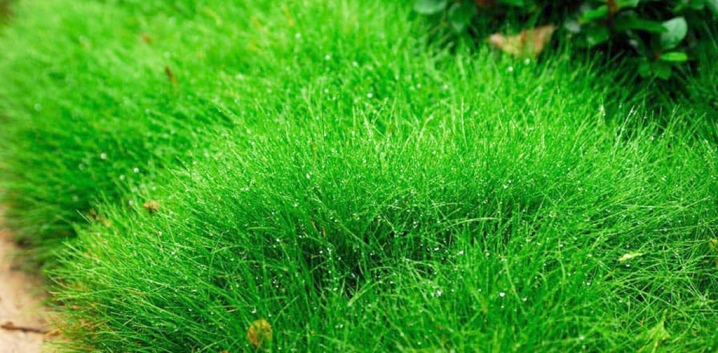
The main advantage of any sowing lawn is its minimal cost - it is cheaper than all the others, the costs come down to the purchase of seed mixture and complex mineral fertilizers for feeding the grass.
Such a lawn involves planting only those plants that are suitable for specific operating conditions. This allows you to get vegetation in both sunny and shaded areas.
However, it should be noted that there are some disadvantages of such a landscape solution.
- Manual seeding does not provide a uniform planting per square meter. Voids inevitably appear on the site, which must be sown again.
- To get a full-fledged lawn cover, it will take at least 3-4 seasons.
- The sowing lawn is not protected from weeds in any way.
- All work can only be carried out in early spring.
- The sowing lawn requires frequent mowing and regular fertilization.
- In addition, during the first 4 months it is not recommended to walk on young grass and subject it to other mechanical stress, otherwise you will not be able to form a neat vegetation cover.
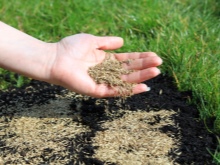
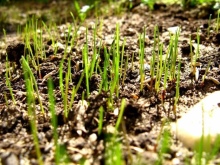

What is the difference from roll-to-roll?
Many gardeners are interested in what is better to choose - a sowing lawn or a rolled lawn. The latter is a ready-made coating that is delivered to the site in the form of rolls. On the prepared territory, they are carefully unfolded and laid out on the ground. In a sense, this lawn is also considered a sowing lawn, since the grass is initially sown, and then grown - only after that the sod layer is cut and rolled.
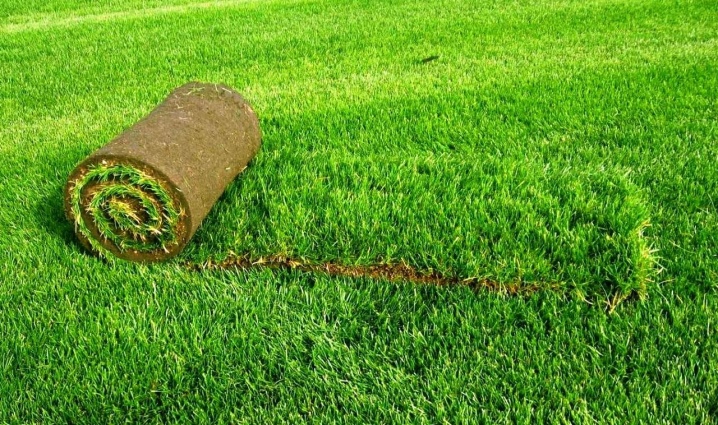
The main difference between these two types of lawn is the way they are arranged at their summer cottage. The sowing lawn is grown directly in the garden soil through sowing seeds and further cultivation of seedlings.
When laying a roll lawn, the top layer of the soil is replaced with a prepared turf litter with plants already ready for growing.
The difference between lawns is also in the cleanliness of the grass mixture. If we are talking about a roll covering, then here the upper part of the site is completely replaced by sod flooring.Thus, you can get the predominance of one crop or a combination of 2-3 lawn grasses and completely eliminate the appearance of weeds. With self-sowing, it is difficult to achieve the necessary purity per square meter, since it is not possible to sterilize the upper layers of garden soil at home.

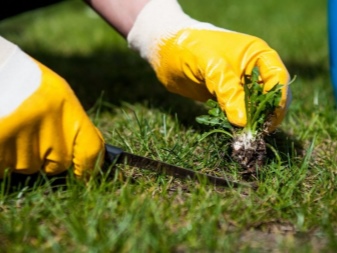
The advantages include the fact that rolled grass allows you to create a special-purpose coating that is resistant to damage and mechanical stress. That is why roll lawns are often used for landscaping stadiums, sports fields and public spaces. The grasses that are part of sowing lawns are often not particularly resistant to trampling, so they are used mainly for decorative purposes.
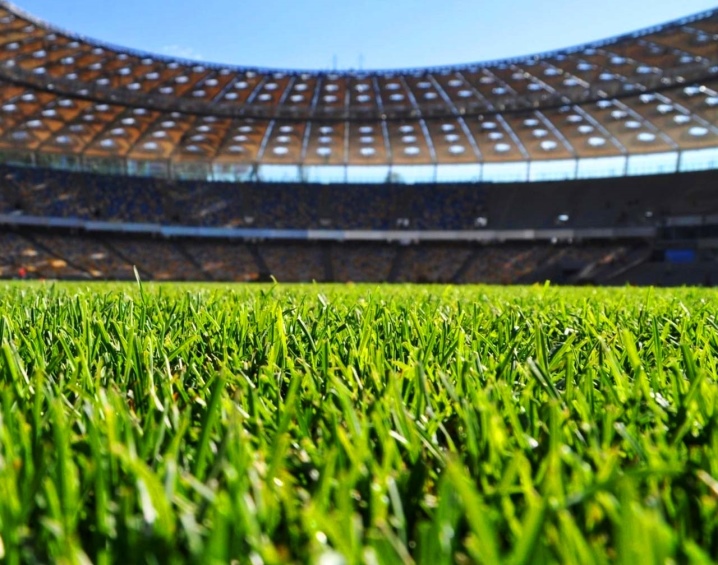
Sown lawns are more demanding to maintain. They need to be watered at least once every 3 days. Twice a month they need fertilizing with nitrogen, potash and phosphorus fertilizers. In addition, the sowing lawn will have to be weeded periodically, getting rid of weeds.
Landing technology
The arrangement of a sowing lawn on a personal plot of a private house includes several main stages.
- First, you need to clear the area for the lawn from debris - cut down old trees, uproot stumps and weeds. It is advisable to plant green manures here a year before the lawn is set up. If this is not possible, then immediately before sowing the seeds, a herbicide treatment should be carried out. These measures will get rid of the remnants of weeds and insect larvae.
- The land intended for growing a lawn must be dug to the depth of a shovel. The turf layer of the soil should be at least 15 cm, in addition, you can add some organic fertilizers.
- After thorough preparation, the soil under the lawn must be leveled with a rake, well watered and wait until the soil settles.
- After a few days, you can start directly sowing seed. The grass is planted at the rate of 40-50 g, after which the earth is compacted and rolled with a roller.
- At the end of the work, the site is watered with a drip method. During irrigation, it is important not to overdo it, otherwise the seeds will be washed to the surface.
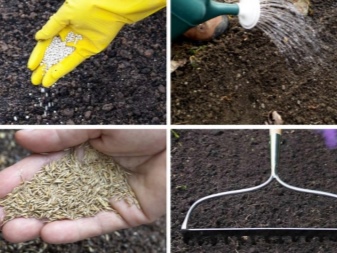
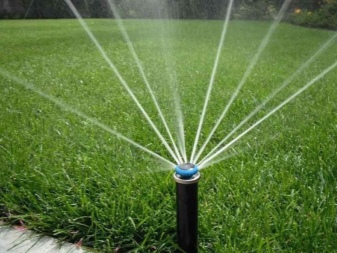
How to care?
A young, freshly planted sowing lawn must be carefully looked after - this will allow the grass to quickly build up green mass and spread throughout the area, eliminating bald spots.
Within two weeks after planting the seeds, the soil should be watered twice a day - in the morning and in the evening.
If possible, get an autowatering system, then you can program it to work in the optimal mode.
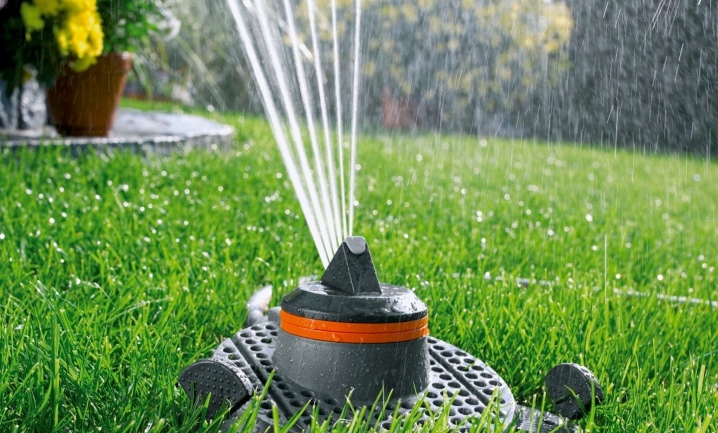
A couple of weeks after the sprouting of the lawn, you need to carry out the first mowing of the grass, it is performed using a wheeled mower. In the future, the cover should be mowed 2-3 times a month as it grows - the optimal height of the lawn grass is considered to be 8-10 cm. During the first 3 years, fertilizers should be regularly applied to the ground.
How to sow the lawn correctly, see the video.



































































The comment was sent successfully.